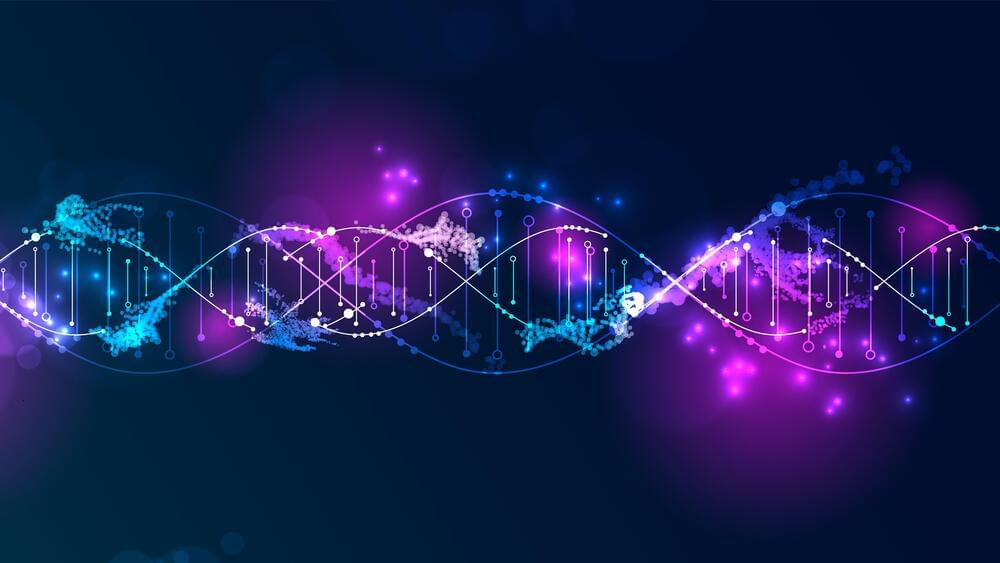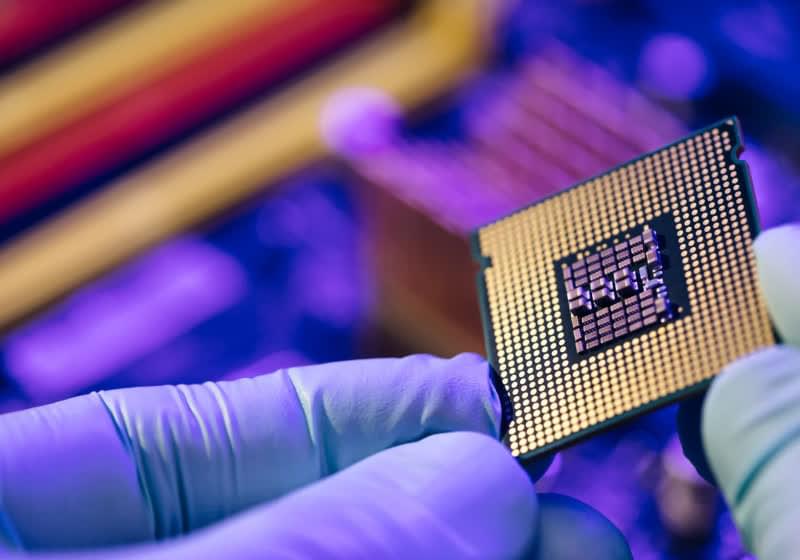Jul 7, 2024
China’s Laws of Robotics: Shanghai publishes first humanoid robot guidelines
Posted by Saúl Morales Rodriguéz in categories: robotics/AI, security
Makers of humanoid robots should guarantee that their products “do not threaten human security” and “effectively safeguard human dignity”, according to a new set of guidelines published in Shanghai during the World Artificial Intelligence Conference (WAIC) on Saturday.
They should also take measures that include setting up risk warning procedures and emergency response systems, as well as give users training on the ethical and lawful use of these machines, according to the guidelines.


















